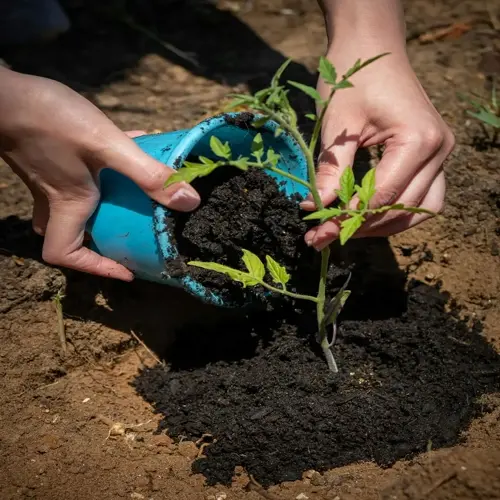How do I water plants in freezing temperatures?

Written by
Paul Reynolds
Reviewed by
Prof. Martin Thorne, Ph.D.When you are watering during freezing temperatures, it is all about timing to keep your plants safe. Moist soil can protect your plants from cold injury. I learned this the hard way when I lost some shrubs to an unseasonably early frost. Discover the best methods to keep your evergreens thriving in winter. You can extensively care for your plants in freezing temperatures.
Critical Timing Rules
- Water only when air temperature exceeds 28°F (-2°C)
- Target noon hours when sunlight provides natural warmth
- Never water when temperatures are falling rapidly
- Skip watering if soil surface feels frozen solid
Plant Protection Methods
- Moist soil retains 40% more heat than dry soil
- Apply water directly to root zones avoiding foliage
- Use burlap wraps for extra insulation on shrubs
- Add 6-inch mulch layer after watering
Moist soil helps to insulate roots like a thermal blanket. Water molecules hold heat better than air pockets. My boxwoods made it through nightly temperatures of -10°F, thanks to pre-watering. Always check your soil temperature before watering to ensure optimal watering conditions. Use a thermometer, and insert it approximately 4 inches deep into the soil. Water only if the thermometer reading is above 35°F (2°C).
Prioritize evergreen plants. Their leaves are constantly losing moisture. Deciduous plants will demand less attention when they are dormant. Water slowly and allow time for proper absorption. Watering quickly can create hazardous ice layers. Use watering cans instead of hoses to limit flow.
After watering, protect your plants with a layer of mulch. Straw or shredded leaves applied in a six-inch depth works like a blanket. Wrap tender shrubs with burlap, creating air pockets. These methods saved my rhododendrons when an ice storm hit. Do not use plastic, as it will cause condensation that can freeze.
Don't panic about frozen damage. If ice forms, do not break it. Let the thaw happen naturally. Cut back any damaged branches next spring. Most plants will regrow as long as the roots are healthy. My hydrangeas literally bounced back from intense winter damage with a healthy dose of patience and proper care.
Read the full article: 10 Essential Tips: When to Water Plants

